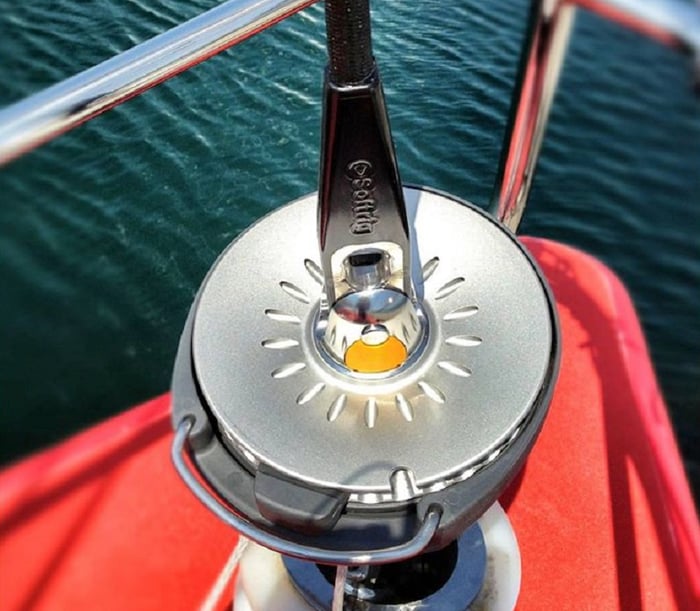
In this blog we explore the differences between Torsional Ropes and Custom Torsional Cables, the pro's and cons of each and provide guidance on the specification boundaries between the two.

In this blog we explore the differences between Torsional Ropes and Custom Torsional Cables, the pro's and cons of each and provide guidance on the specification boundaries between the two.

©Bamar
Are you considering upgrading your sail plan to include a staysail? It is an increasingly popular choice, offering considerable performance benefits, which is explored in more detail in our previous blog here. In this blog we focus on the various setup options and some things to watch out for when considering an inner forestay retrofit.
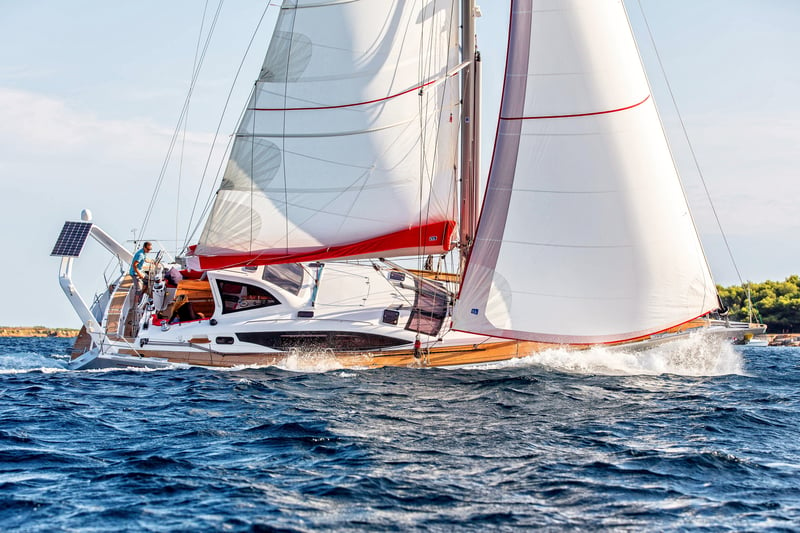
©Ronstan
At upffront.com we are passionate about performance sailing hardware and rigging. However, that doesn’t mean we are all about racing. It means we believe in modern materials and technology to deliver lighter, stronger products which can benefit all types of sailing boats from club racers to the smallest coastal cruising day-boats.
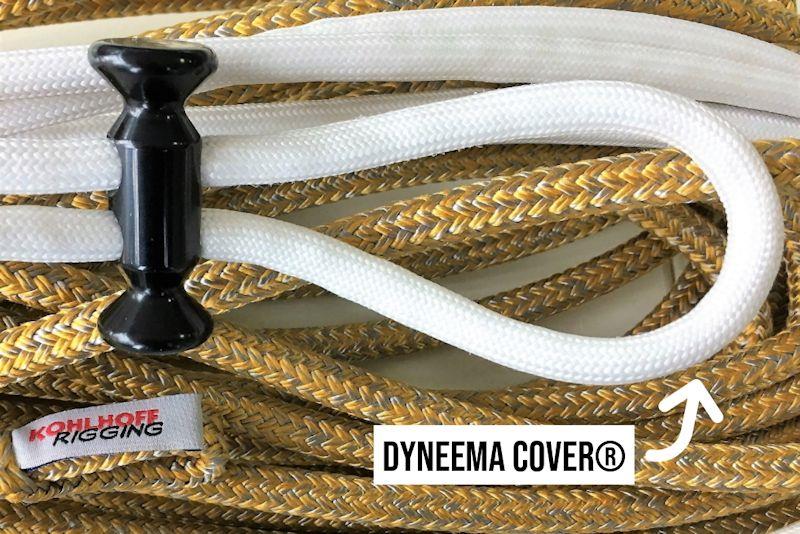
The majority of yacht ropes are double braid construction i.e. with a core and braided cover. The purpose of this cover is to protect the core from general chafe, abrasion and UV damage but also to provide grip and durability of the line on winches and in clutches. Yacht ropes are manufactured in a uniform construction, but customisation is relatively quick, easy and inexpensive and adds a whole new dimension to optimising your running rigging. In this article we look at why, when and where to use cover stripping and re-covering techniques to improve your running rigging systems.
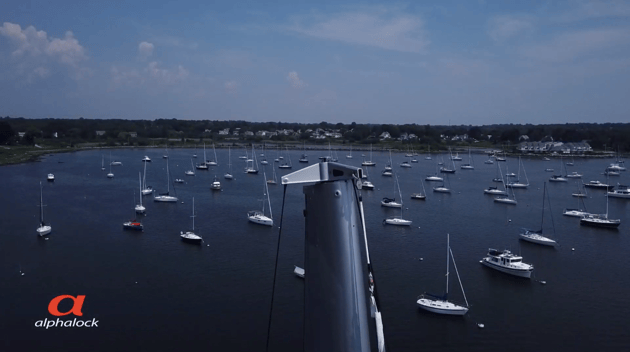
The Alphalock brand is a relative newcomer on the sailing hardware scene but its CEO, Eric Hall – founder of Hall Spars and inventor of their renowned Hall Autolocks - is anything but “the new kid on the block”! Eric has taken all his years’ experience and channeled them into producing an ultra-simple, lightweight and adaptable halyard locking mechanism.
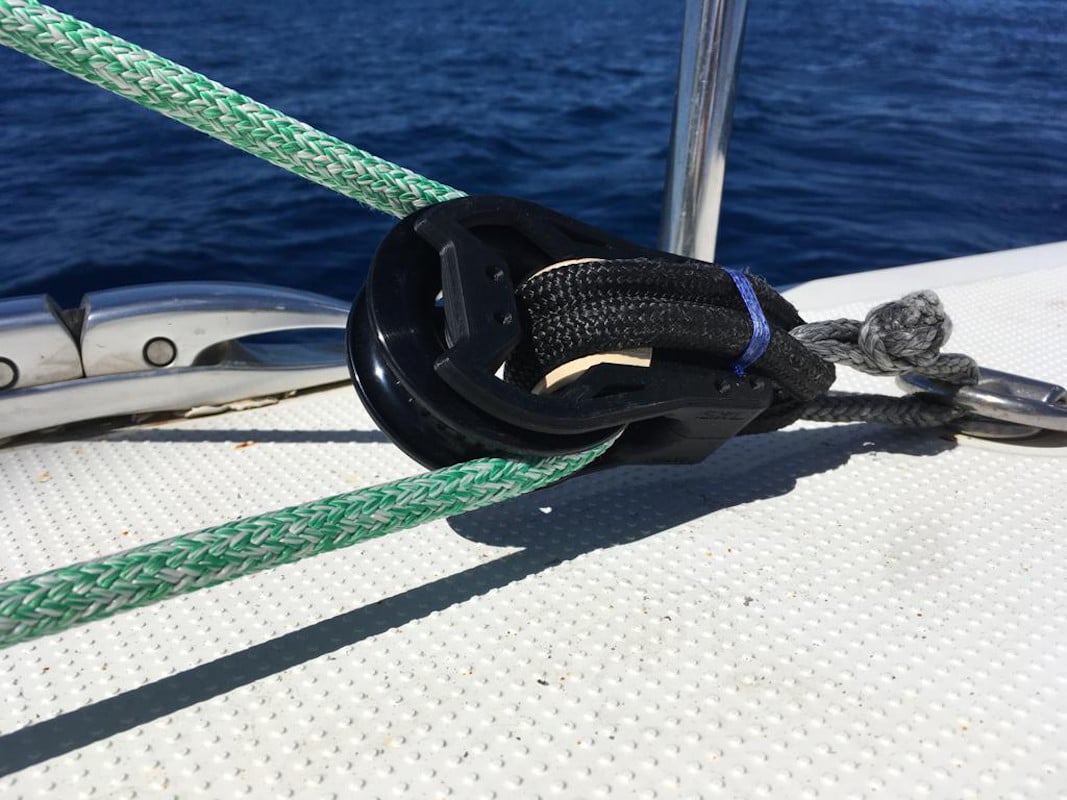
©MorfBlock
There is an increasing trend towards soft attachment of sailing hardware and rigging i.e. using a lashing or soft loop, however they are not a catch-all solution. In this article we look at the benefits and some caveats around the use of soft attachments plus discuss where metal fixings are still the right option.